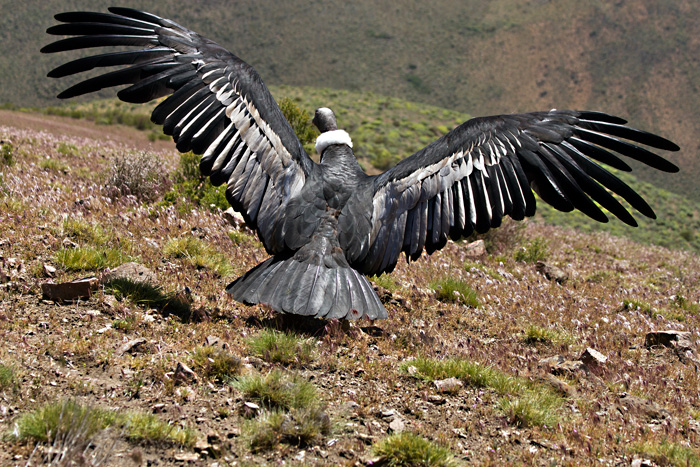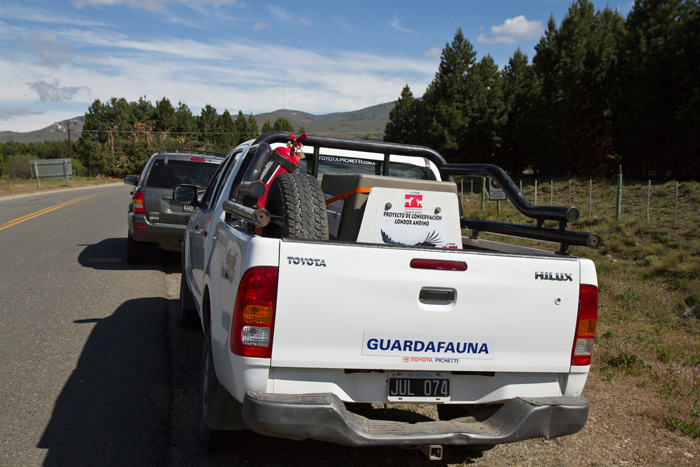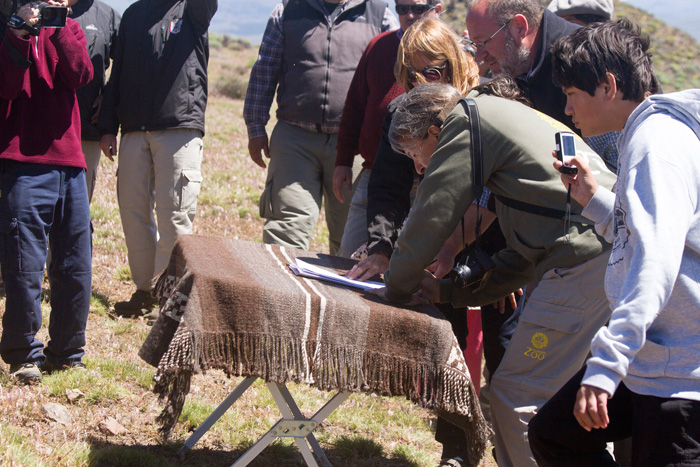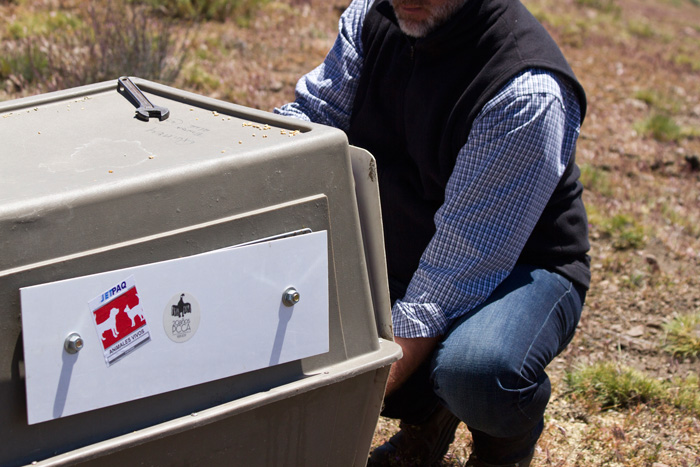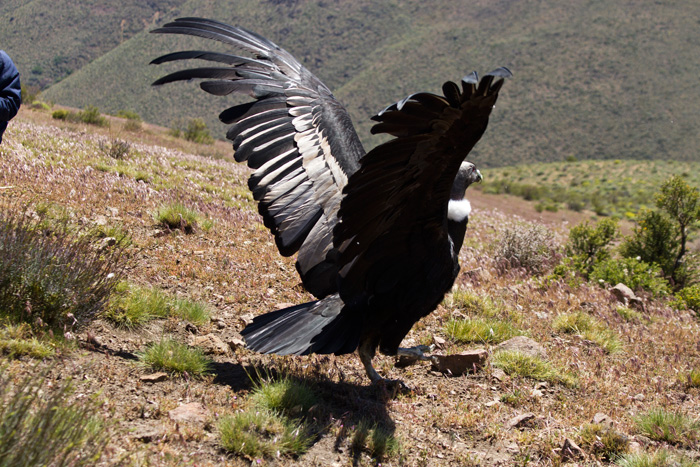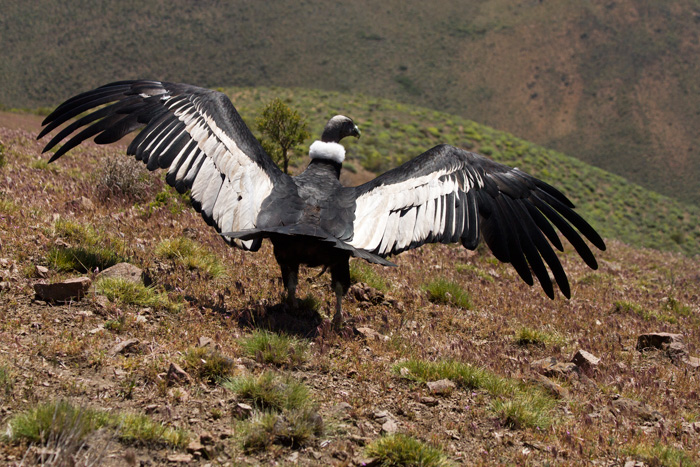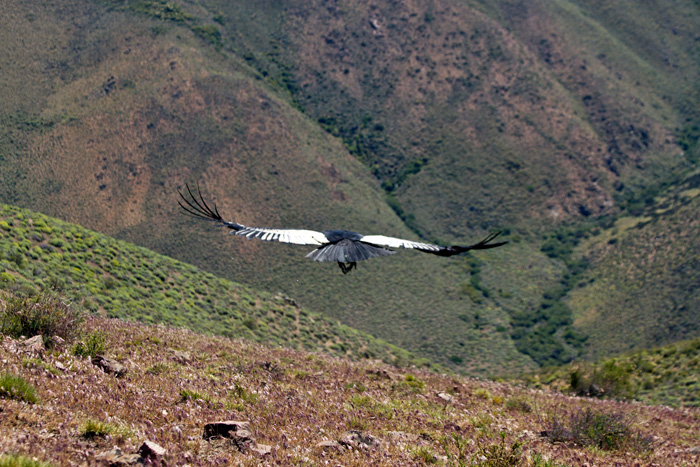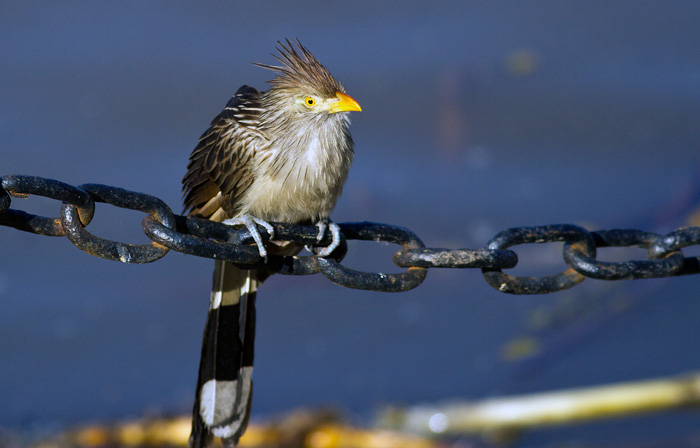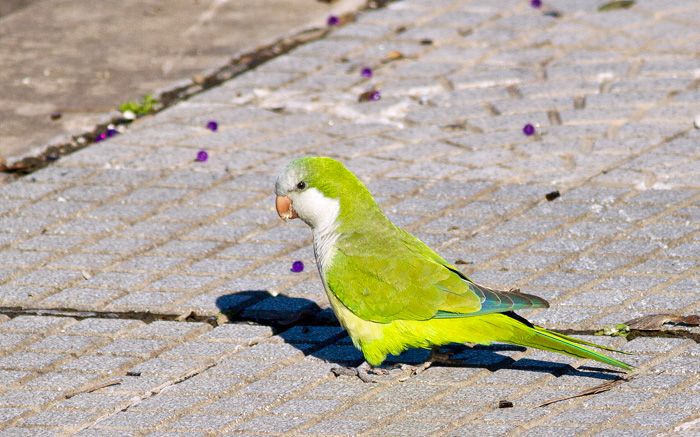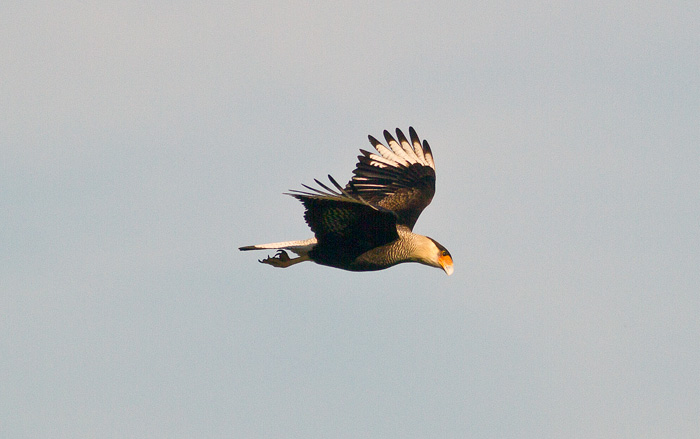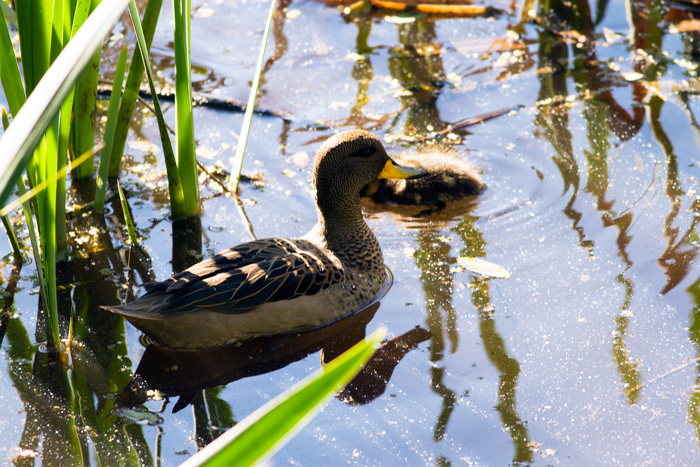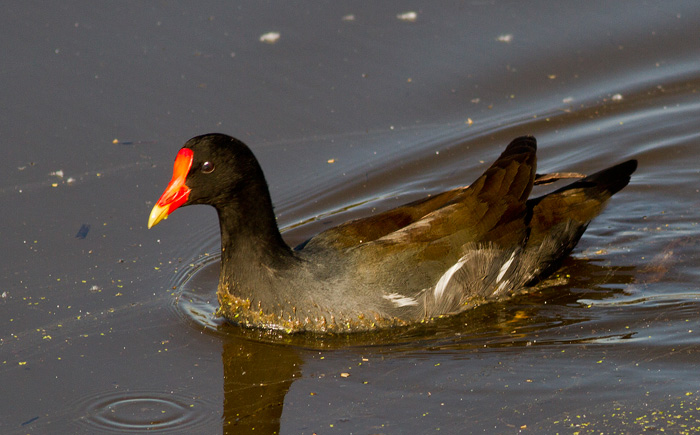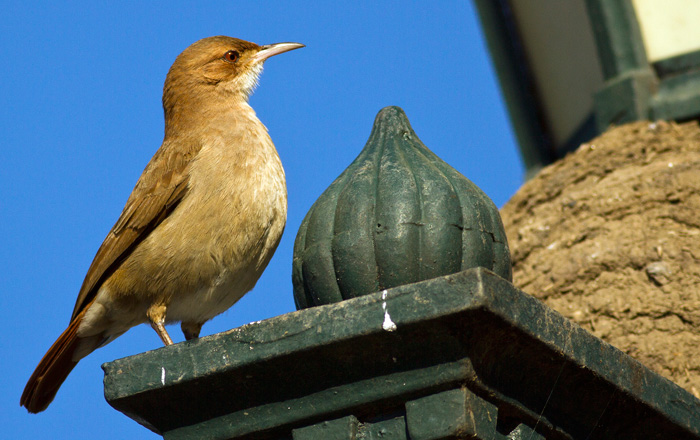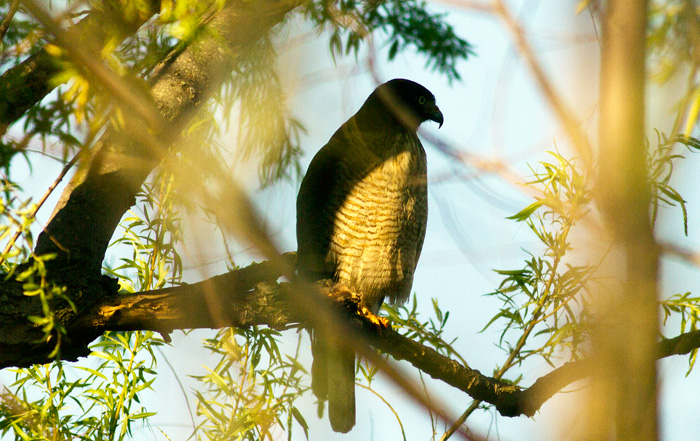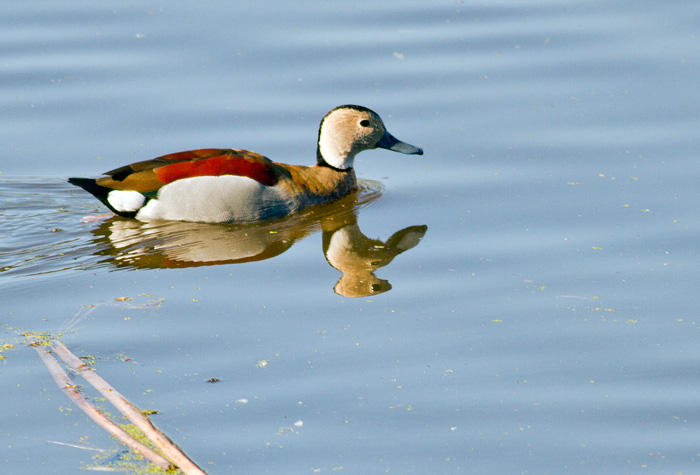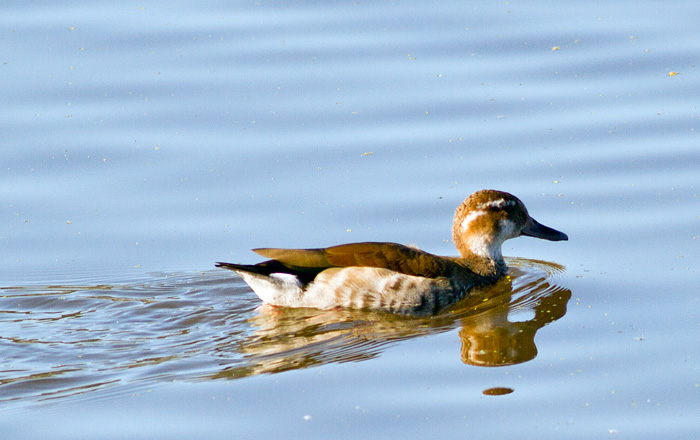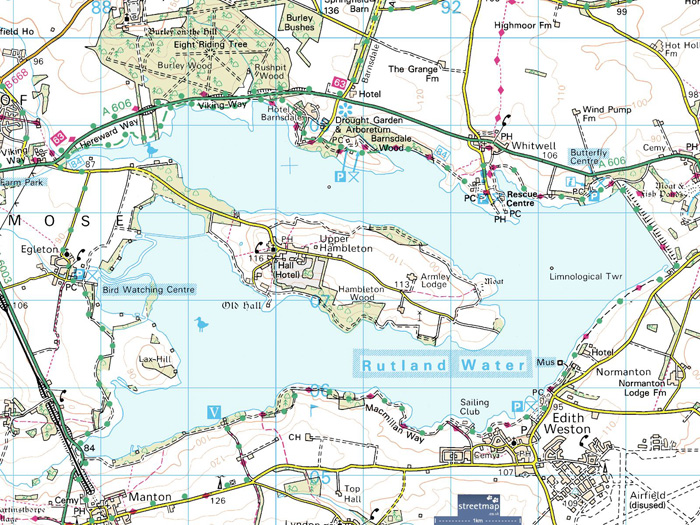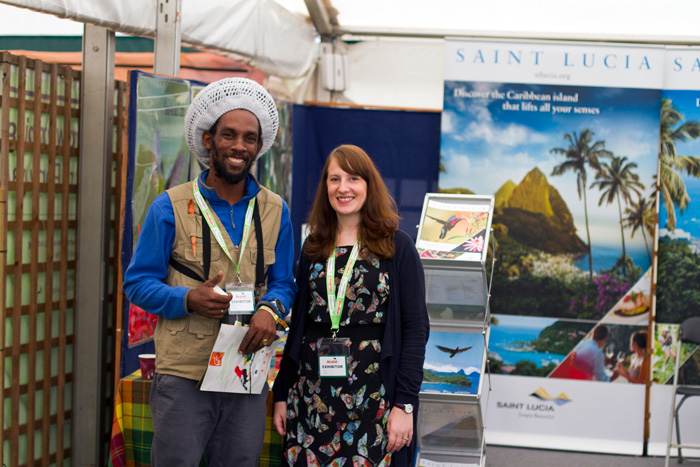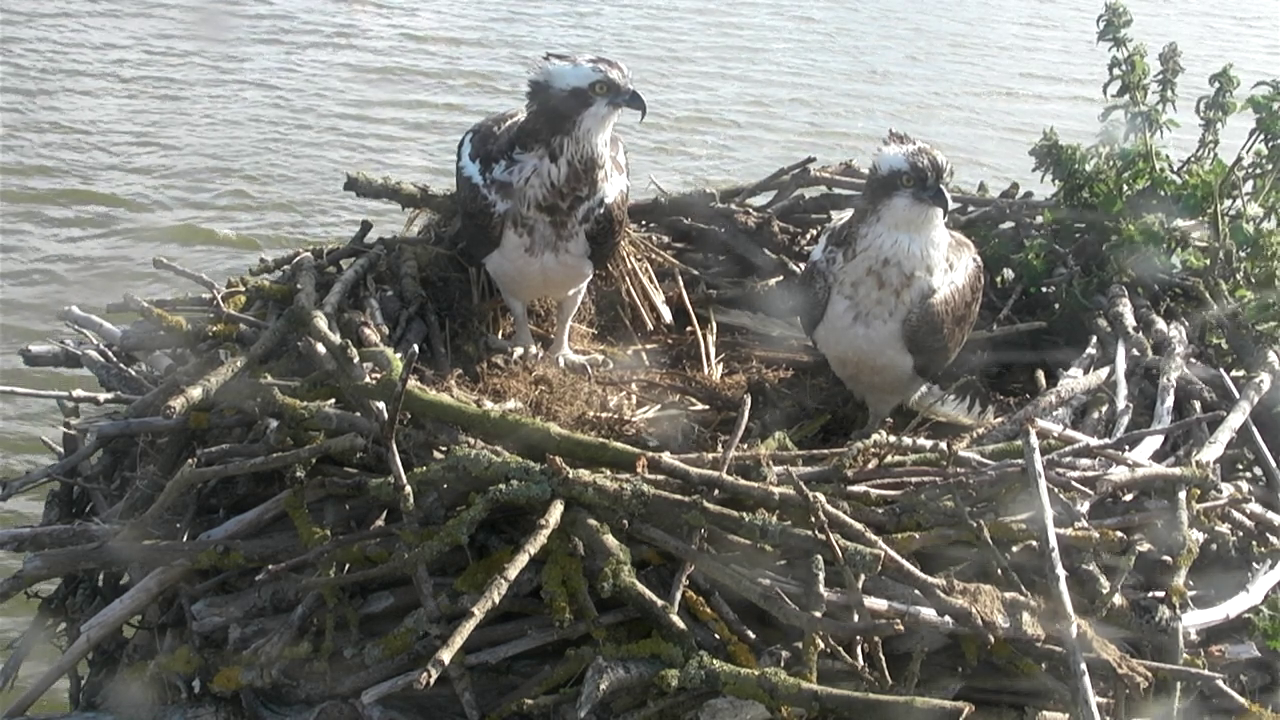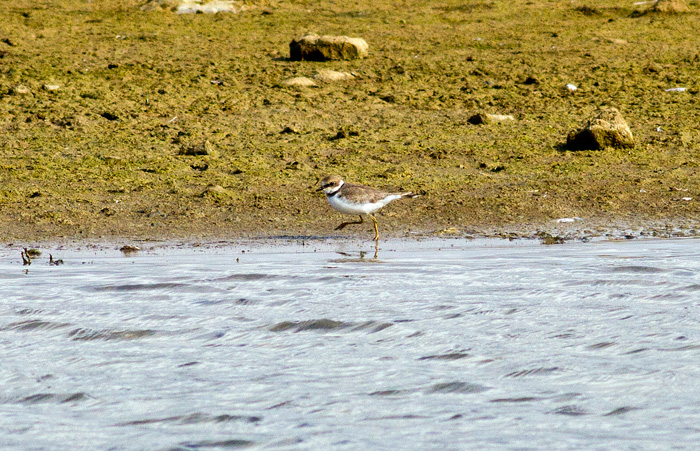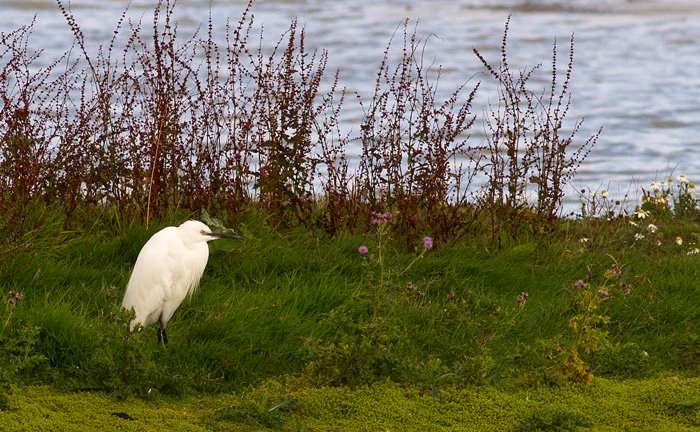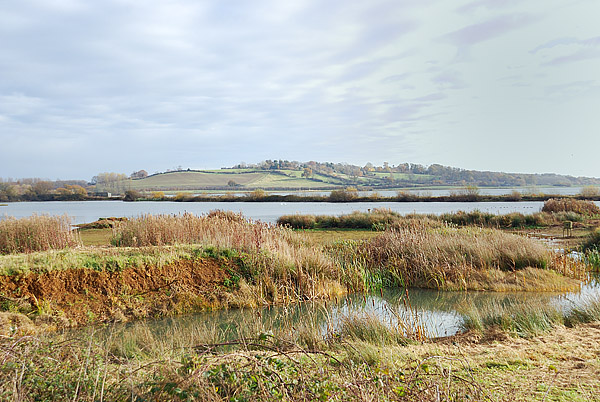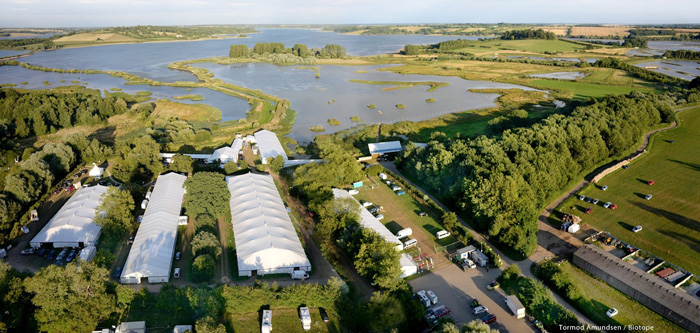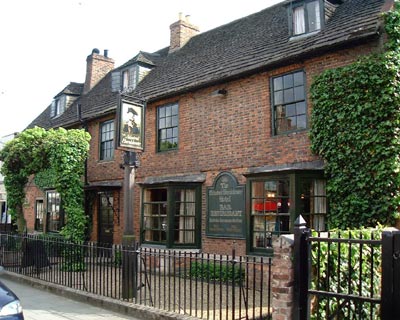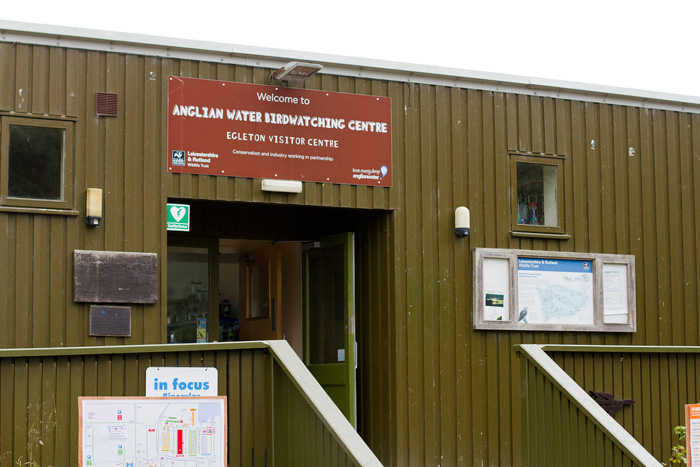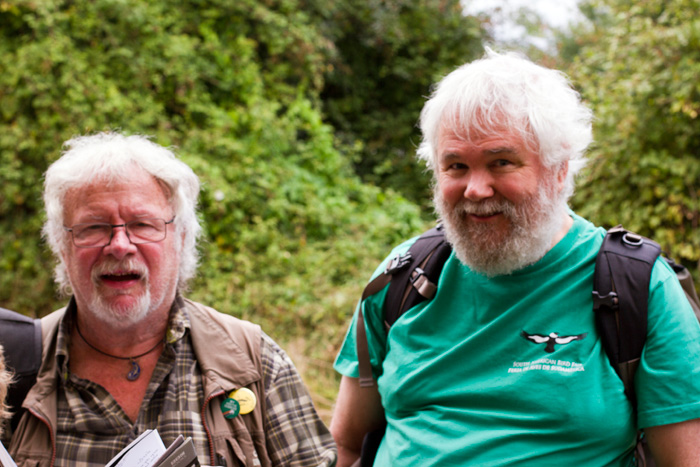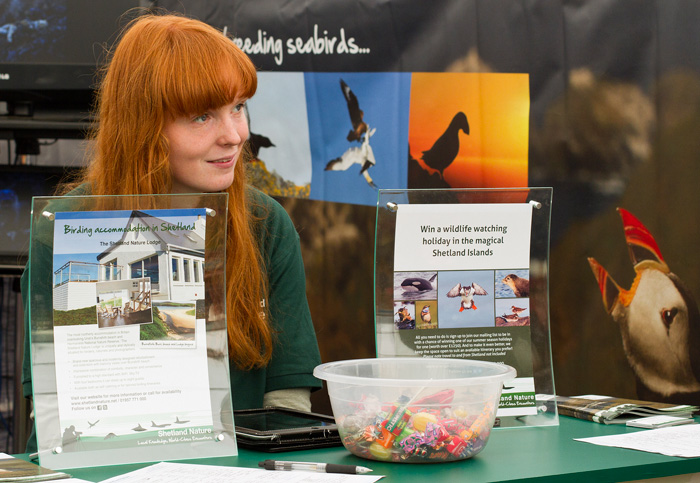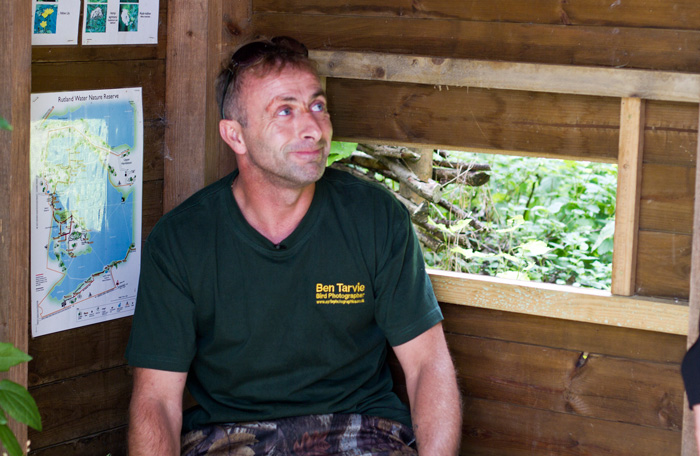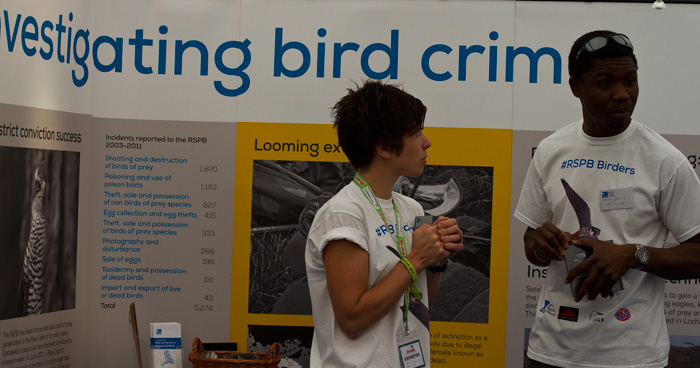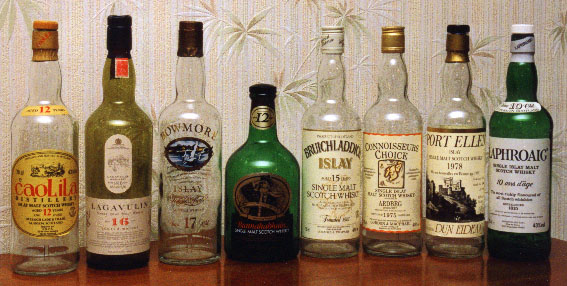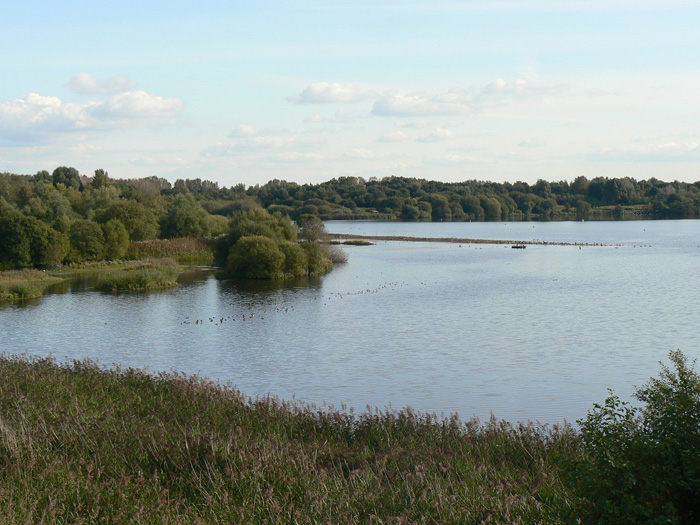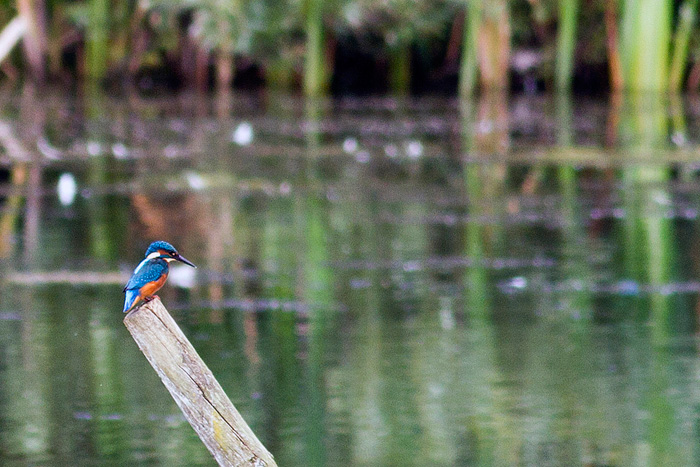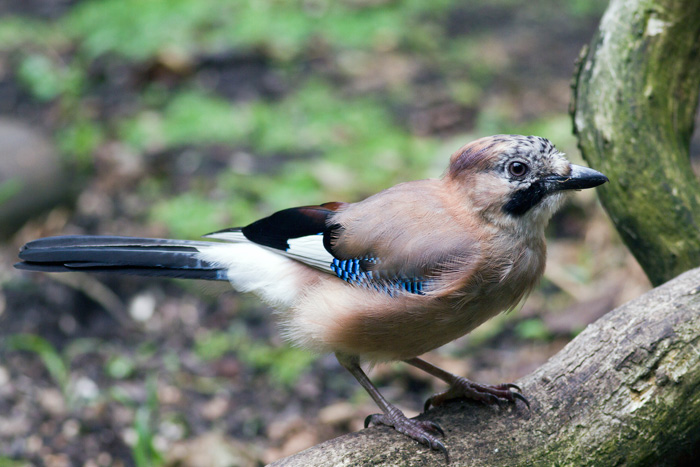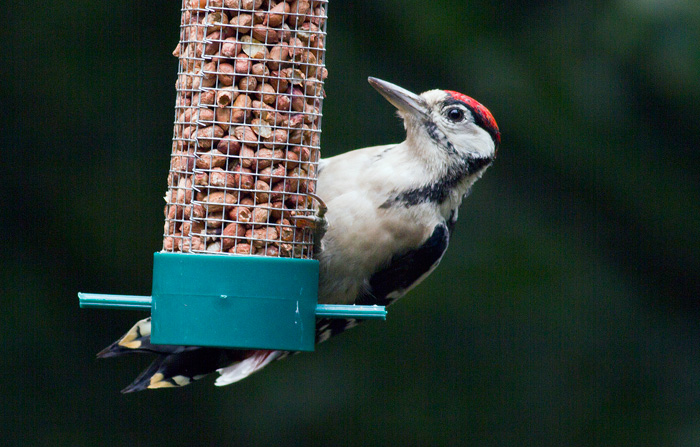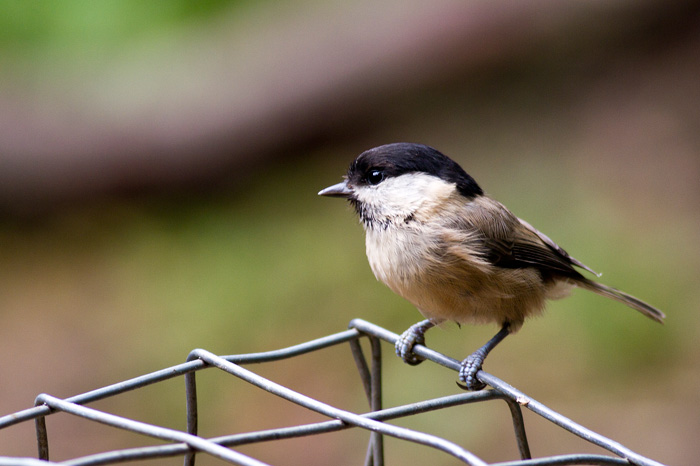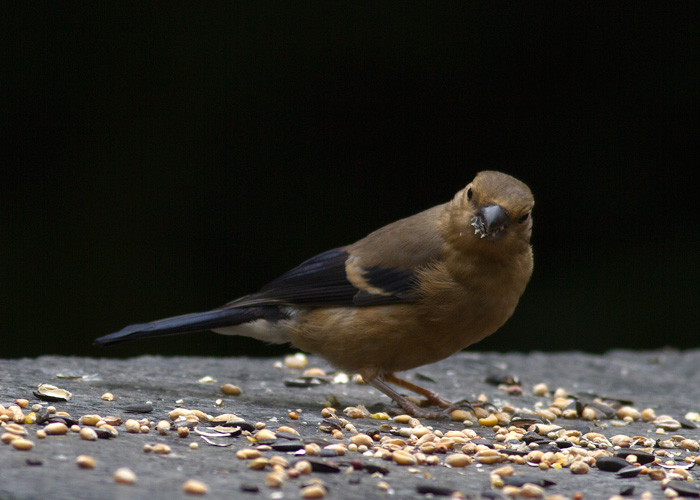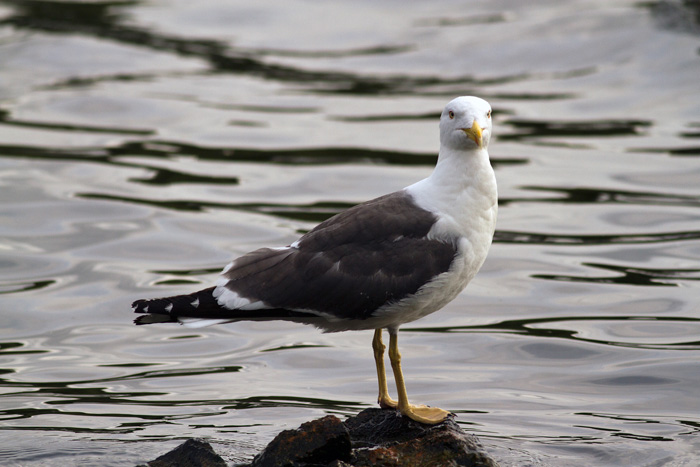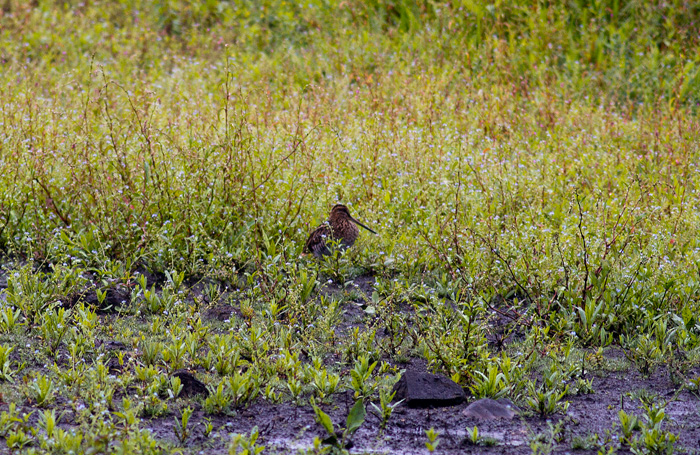Click on any image for a slide show or scroll down to read the commentary.
Condors are large birds and up close you really appreciate their size. This adult female was being released after three months of rehabilitation and it was a joy to watch as she spread her wings and soared over the valley. Once she found an air current she was in heaven.
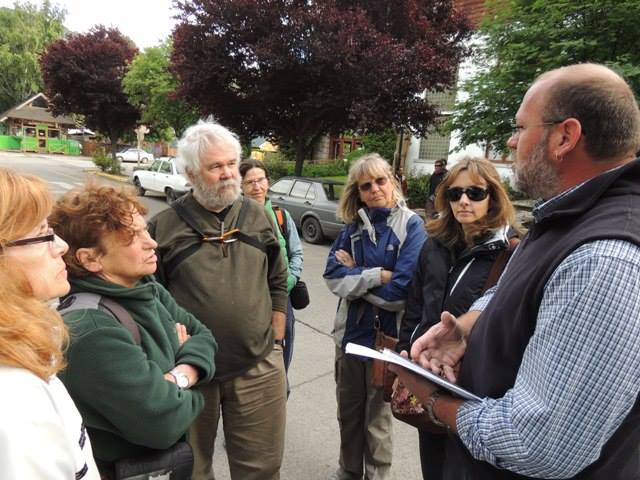
Meeting with guardafauna in San Martín to discuss the release — with Hilda Dalmau Ruiz,
Scarlett Eastman, Martin Eayrs, Ñandu Capdevila, Maria Ana Millenaar and Irene
Raimondi.
Last November (2013) I was privileged to be invited to the release of Painamal, an adult female condor, back into the wild. The bird had been found in very poor condition, intoxicated and dehydrated, and had undergone three months of rehabilitation in the Condor Unit at the Palermo Zoo in Buenos Aires.
The event took place on the Parajes Costa del Malleo (uplands overlooking the Malleo river in Neuquén, Patagonia), inside land set aside for the Mapuche peoples. Representatives of various national, regional and private bodies were present and gave celebratory speeches, most importantly members of the Mapuche community to whom the condor is a sacred animal, messenger and conduit to God.
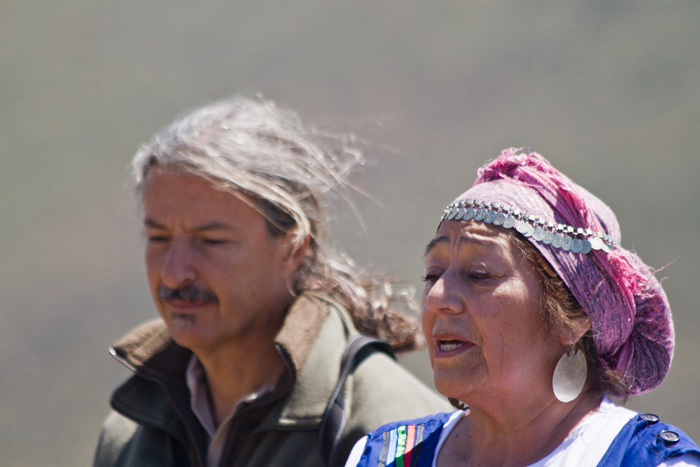
Argentine and Mapuche representatives spoke of what the release (and the condor) mean
and meant to them.
ABOVE: Two cultures – Luis Jacome, from the Condor Conservation Unit in Palermo Zoo in Buenos Aires, and María Eva Linares from the Mapuche community (the word ‘Mapuche’ breaks down to ‘people of the earth’). BELOW: The release, one of many to take place in recent years across the Continent, is recorded for posterity.
A brief and moving Mapuche ceremony was held before the bird was released – at the request of the lonco this was not filmed or photographed. Then it was time to prepare for the release.
The moment when Painamal took her first steps towards freedom, spread her wings and soared off into the real world were immensely moving for all present. These are big, powerful birds, and it made for a big, powerful moment.
This collection of pictures documents the release of the condor back into the wild, one of many similar releases performed recently in various parts of South America where the bird had become extremely rare or extinct, and it is encouraging that many of these these released condors are now breeding.
I’m reupping this here as I didn’t have a blog last year, and blogs are easier to index than Facebook. You can see a video recording of the event here.
